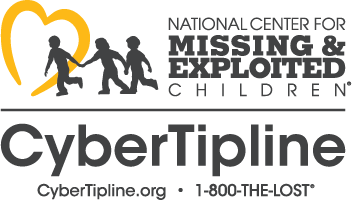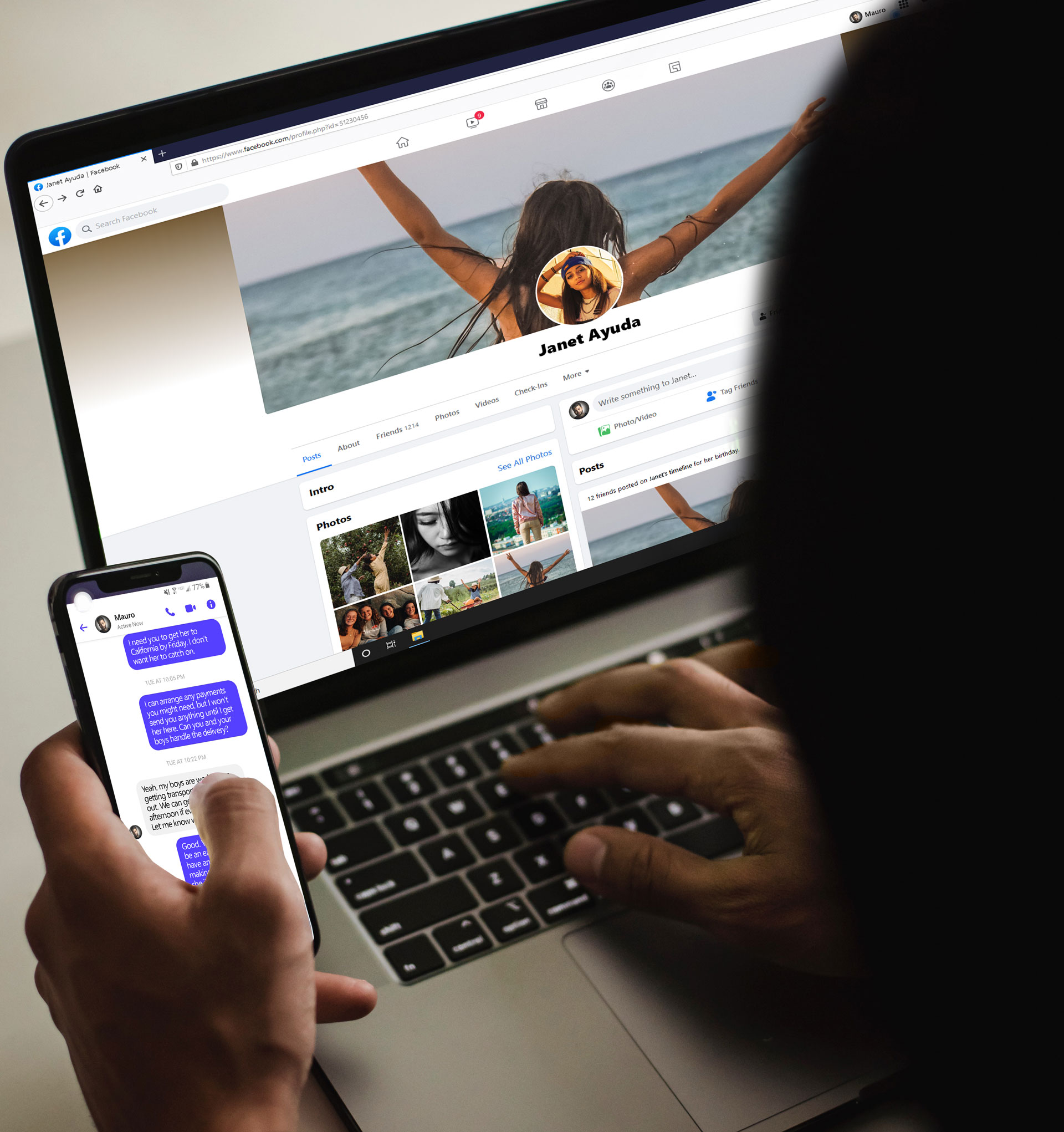Trafficking and the Internet
Trafficking and the Internet
Play the video to learn about how trafficking can happen over the internet.
We all think of human trafficking as something that happens out there, somewhere else. Third world countries, far away… the victims probably come from poverty, or maybe they’re orphans. They’re not you or your friends, right? Well, with a little help from your phone – or your tablet, or your game console – this nightmare can find its way right into your living room, your classroom, your bedroom.
Social media apps really do bring the world to you. But if you’re not careful, they can also bring you to the world – in ways that can do you or your friends serious harm.
Some very smooth predators are on the Internet and using it to make contact with young people, becoming “friends and confidants,” but in reality, positioning them for exploitation.
Whether it’s chat apps, dating sites, or picture and message sharing apps, exploiters are infiltrating them. And then there’s multiplayer gaming – where kids can escape and become their own avatar, and where predators go shopping. Next comes the invite to chat privately with a stranger who makes himself feel like a friend.
Unfortunately, though it is fantastic for communication of all kinds, the internet, and especially social media, is also just about the best thing ever invented for trafficking and exploiting young people from all walks of life.
So, how can you be smart and keep yourself and your friends safe? Well, start by protecting your identity and your location. Turn off geocaching and location data in your apps and devices. Make your profiles private, not visible to the world.
You’ll see some other good advice on this page. And on top of it all, set boundaries. All the time. Think twice about any private conversations online, even if it’s someone you know. Nothing you type or tap, no photo you send, is ever really “private.” Think three times about that “slightly older kid,” or maybe even a relative, who takes an interest in you and flatters you, or buys you V-bucks for your Fortnite hero, then uses social media for private chat that turns secretive or intimate – under the radar of your parents and friends.
And finally, look left and right. You might have friends or classmates or siblings who are on social media and may be sharing personal details of their lives where they shouldn’t be or showing some of the warning signs.
When a creep is targeting a young person for exploitation, the victim tends to be blind to the real situation. So, you just might be someone’s only chance to avoid or get out of a dangerous online relationship. Talking with the victim about their situation, taking your suspicions to a teacher, parent, or other trusted adult, or getting help from authorities may be the difference between life and death.
We’ve got some real-world stories here that are scary but true. Have a closer look at some of them and you’ll be surprised at just how easy it is for your favorite app to become your worst enemy.
Experts report recruitment of students for both sex and labor trafficking on mainstream social media platforms including, but not limited to:
- Snapchat
- Kik
- Meetme.com
- Dating sites/apps like Plenty of Fish, Tinder, and Grindr
- Websites like Craigslist

From January 2015 through December 2017, one hotline took reports of 845 potential victims recruited on internet platforms, including 250 potential victims recruited on Facebook, 120 recruited on a dating site, 78 recruited on Instagram, and 489 recruited on another type of Internet platform such as Craigslist, chat rooms, or a website that could not be identified during the hotline call.
You can select any of the nine apps to the rightbelow to learn about a few examples, out of thousands, of how social media sites are being used to recruit and traffic victims in the U.S. and in countries around the world.



Avakin LIfe
Games
Kik
TikTok
Tumblr
Trafficking is a $150 billion business, and it is flourishing in the U.S. In one county in California, investigators identified 200 children being sexually exploited, the youngest was just 11 years old. "We're seeing it on Instagram, TikTok, all over the place," one investigator said. Any time you post a picture or video with your location, predators can use that data to set up dates. Often, they pretend they’re your age. You may think that you’re talking with another 16-year-old, but you’re actually talking with a 30, 40, or even 50-year-old exploiter.
New hashtags invite exploiters in the virtual door. For instance, common ones include, #LMIRL, meaning "let's meet in real life," and #GNRN "get naked right now." With the age of social media, traffickers are literally right next door, making contact with dozens, sometimes hundreds of kids who are unaware that they’re being manipulated. Take this story of a Brooklyn police officer who used social media sites to sexually exploit minors, including Snapchat, TikTok, Twitter and Discord to connect with 46 kids between 13 and 17 years old from April to November 2020. He allegedly obtained 18 sexually explicit photos and 33 videos on Twitter alone.
For more information: Brooklyn police officer sexually exploit minors and Predators are using apps to exploit children


At any time during this training, call the National Center for Missing & Exploited Children Hotline at 1-800-THE-LOST (1-800-843-5678) to speak to someone about anything in this training that concerns you.

To report an incident online, fill out a report here: CyberTipline




































 16
16 34
34 27
27










Add a comment...